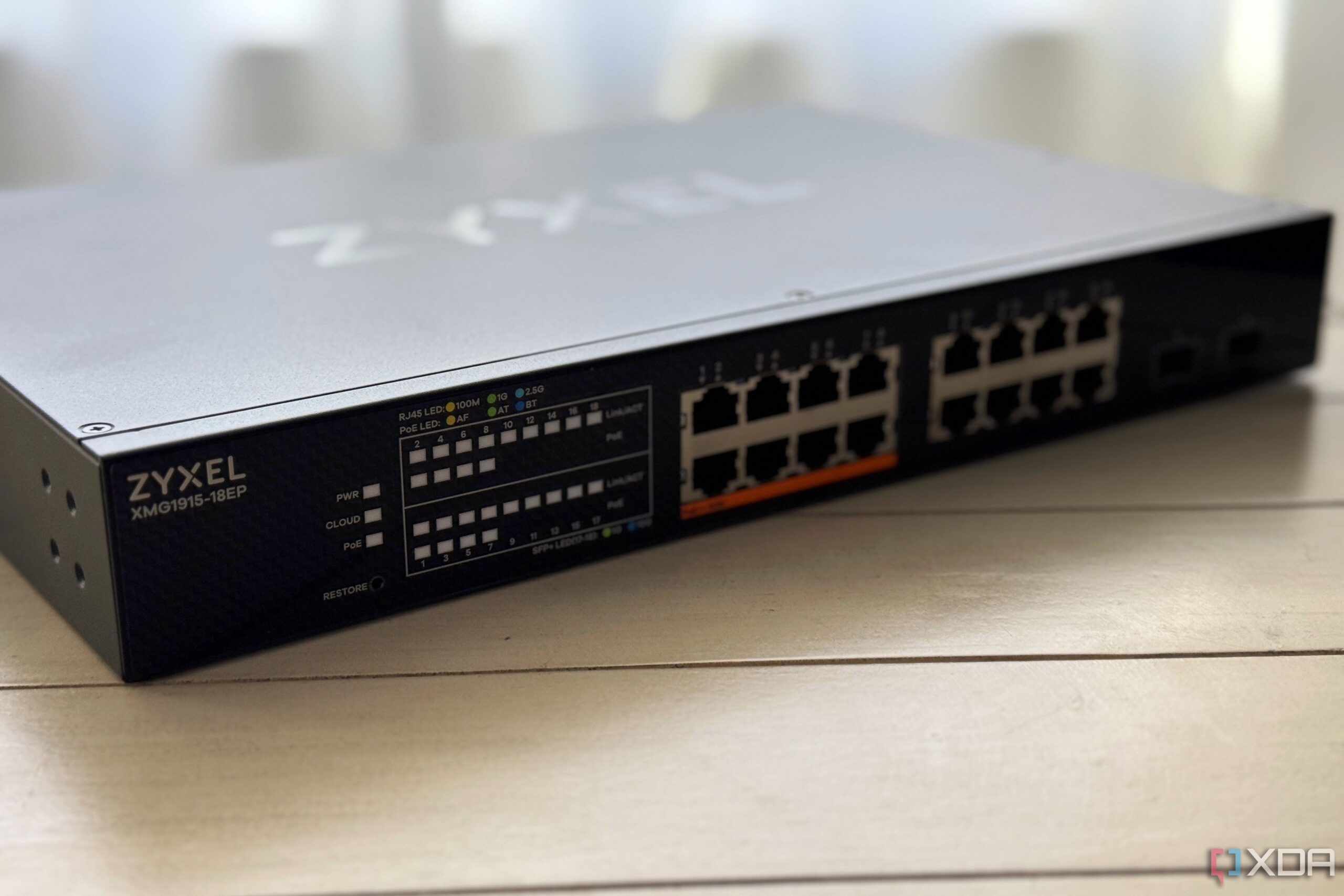Top Stories
Urgent Warning: Avoid Copper-Clad Aluminum for Home Networking

UPDATE: A critical alert has emerged for homeowners transitioning to Power-over-Ethernet (PoE) networks: avoid using copper-clad aluminum (CCA) cables at all costs. Experts confirm that this type of wiring poses significant safety hazards, including overheating and potential fire risks, making it a dangerous choice for powering devices in residential settings.
As smart home installations surge in popularity, the demand for reliable networking solutions has never been higher. Yet, many individuals are unknowingly compromising their safety by opting for cheaper CCA cables. These cables may look similar to pure copper options but fall drastically short of safety standards, according to authoritative sources.
When installing wired connections throughout your home, every detail matters. The cost of quality cabling can be daunting, but skimping on this essential component could lead to catastrophic failures. With PoE now capable of delivering up to 95W of power, the stakes are higher than ever. High-performance devices, such as Wi-Fi 7 access points and advanced security cameras, can draw over 60W individually, increasing the risk of overheating when using inferior cabling.
The Institute of Electrical and Electronics Engineers (IEEE) has raised cabling requirements to accommodate this surge in power needs, but CCA wires, which have 55% more electrical resistance than their pure copper counterparts, are prohibited in many buildings. This is due to their inability to handle the increased heat generation associated with higher power delivery, resulting in a dangerous combination of overheating and potential fire hazards.
“CCA cables lack flame-retardant properties and do not meet modern safety standards,”
stated a representative from the National Electrical Code. “Using them can lead to serious safety issues.”
Homeowners need to be vigilant. CCA cables may come with misleading certifications, making it difficult to discern their true nature. If two spools of Cat6a cable are available at drastically different prices, the cheaper option likely indicates a substandard product. Choosing these bargain cables can result in long-term costs that far exceed the initial savings, including potential damage to property and expensive repairs.
As you plan your smart home network, remember that poor-quality cabling can lead to data transmission issues, such as bit errors and unreliable connections. These problems are often difficult to troubleshoot, resulting in frustration and wasted time. The best defense is investing in high-quality cables from the start, ensuring your home network operates smoothly and safely.
Given the critical nature of this warning, those planning wiring installations should act immediately. Ensure that any cabling used in your home meets UL 444 and TIA standards to avoid legal liabilities and safety concerns.
As the smart home industry evolves, prioritizing safety and quality is essential. Avoid CCA cabling at all costs, as it presents a false economy that could jeopardize your home and family. Make informed decisions to protect your investment and ensure a safe living environment. Share this urgent information with others to help spread awareness and keep homes safe.
-

 Science4 weeks ago
Science4 weeks agoALMA Discovers Companion Orbiting Giant Red Star π 1 Gruis
-

 Politics2 months ago
Politics2 months agoSEVENTEEN’s Mingyu Faces Backlash Over Alcohol Incident at Concert
-

 Top Stories2 months ago
Top Stories2 months agoNew ‘Star Trek: Voyager’ Game Demo Released, Players Test Limits
-

 World2 months ago
World2 months agoGlobal Air Forces Ranked by Annual Defense Budgets in 2025
-

 World2 months ago
World2 months agoElectrification Challenges Demand Advanced Multiphysics Modeling
-

 World2 months ago
World2 months agoMass Production of F-35 Fighter Jet Drives Down Costs
-

 Business2 months ago
Business2 months agoGold Investment Surge: Top Mutual Funds and ETF Alternatives
-

 Science2 months ago
Science2 months agoTime Crystals Revolutionize Quantum Computing Potential
-

 Top Stories2 months ago
Top Stories2 months agoDirecTV to Launch AI-Driven Ads with User Likenesses in 2026
-

 Entertainment2 months ago
Entertainment2 months agoFreeport Art Gallery Transforms Waste into Creative Masterpieces
-

 Business2 months ago
Business2 months agoUS Government Denies Coal Lease Bid, Impacting Industry Revival Efforts
-

 Health2 months ago
Health2 months agoGavin Newsom Critiques Trump’s Health and National Guard Plans









